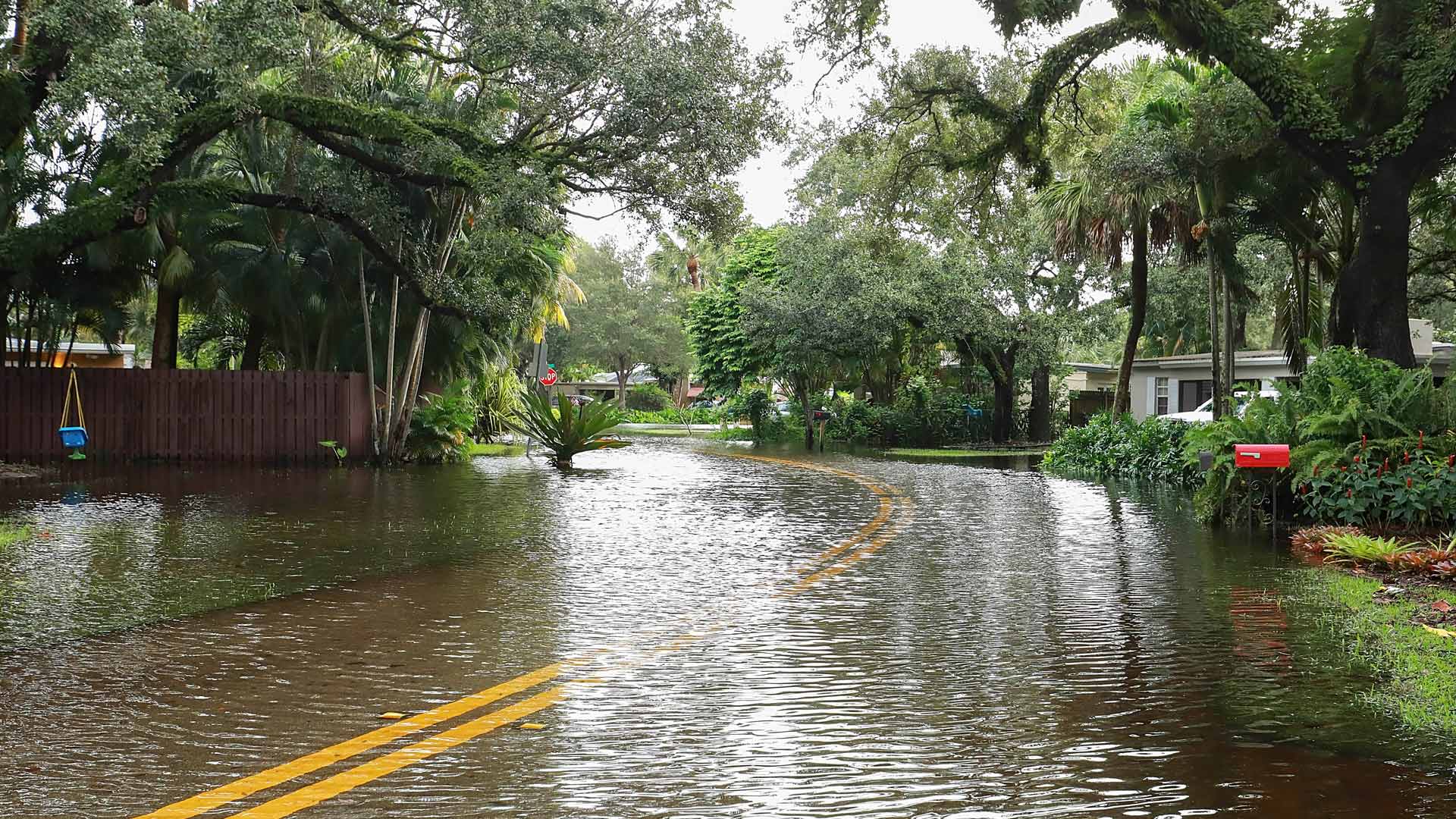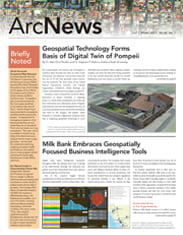The next time you’re sitting in a meeting, attending a conference, or watching the news, take note of how many presenters use maps to make a point. Maps help people gain a better understanding of the world, and they’re becoming more prevalent.
People love maps, and interest in mapping is high. This is due in part to the diverse nature of cartography itself. The number of maps and the range of topics shown on maps continue to grow. And the number of people making maps is increasing exponentially, thanks to simplified mapmaking methods and technology. Varied means of sharing maps has also made it possible for more people to access, view, interact with, and study maps.
Cartography offers a means of understanding the world near and far. For most people, it is much easier to detect patterns and trends graphically—displayed on a map—than look at rows and columns of numbers on spreadsheets. The flexibility of today’s mapping tools offers various options for encouraging that understanding. Mapmakers often begin with an interest in the locations and events closest to them and then zoom out to explore wider worlds beyond their comfort zones. The desire to learn more about new and unexplored places and ideas adds fuel to mapmakers’ never-ending agendas, inspiring their future work and interests.
In the early days of automating cartography, there was genuine concern about machines’ ability to replicate the quality of graphic images traditionally created by skilled cartographers. Would the lines be as sharp as those made by a jewel-tipped pen or in a deep-etched image? Would the curves of the letters be as smooth as those written by a steady hand or using a French curve? Would machines be able to create the geometries needed for differentiating content on a map? These and many other concerns were alleviated in a relatively brief amount of time. Early machines were crude, but it didn’t take long for every aspect of the image construction process to be overtaken by one device or another.
However, while instructing a machine to draw images was largely a factor of software, replicating a skilled cartographer’s map construction techniques was not a simple process. Over time, these facets were addressed in different ways. Some required research to better understand the thought processes used in mapping, while other approaches employed simple trial-and-error practices with lots of testing. The road to modernization in mapping was littered with inaccurate assumptions, insufficient capabilities, dead-end ideas, and failed attempts. But in the end, the ingenuity of individuals made it possible for machines and software to replicate—and even expand—the high-quality cartographic images of modern-day experts.
Now anyone can dabble in the craft, thanks to various software tools. Yet after using a few mapping templates, novices usually realize that there is more to mapping. This democratization of cartography initially caused concern among cartographic professionals; they wondered if, by giving anyone easy access to mapping software, that would render them redundant. The result has been quite the contrary, however. Many novice mapmakers recognize that designing and producing effective maps isn’t like painting by numbers. Good cartographers get trained and hone their skills. So there is a growing market for learning about cartography, and more people are gaining exposure to and employing cartographic techniques. (As an aside, universities should maintain and even add courses in cartography to help address the increasing demand for trained cartographers.)
The expansion of cartography is good for society. The digital age has brought with it an overabundance of data and data types that are readily available to cartographers, and the amount of structured and unstructured data is only growing with time. Each day brings new data from transactions, sensors, satellites, and social media. And maps, made using sound cartographic principles, can help people get a sense of what all that data means.
Cartographers are experts at selecting the most important information to feature on a map, based on the map’s purpose. They employ different techniques to graphically elevate key content while reducing or eliminating unnecessary informational noise. They also generalize how the subject matter is represented to aid with comprehension. For example, a cartographer may purposefully displace a railroad that is right next to a road, moving it slightly to the side, to ensure that map readers can discern both the road and the railroad. When creating digital maps, where map details reside in a database, trained cartographers are skilled at bringing critical data to the forefront as users zoom in and out on the content. In this example, the cartographer determines within the software at what zoom point the content should get exposed.
Designing maps that effectively communicate specific messages is the principal responsibility of cartographers. They may need to seek out new data types or more current data to address the challenges presented by putting a particular map together. Cartographers are also in a position to help fill data voids—like voluntarily submitting data to OpenStreetMap—because they are experts at identifying the types and locations of data that are missing.
Cartographers are problem solvers, and they have much to contribute in this digital age. Sustaining the cartographic field is imperative both now, as maps permeate so many aspects of people’s lives, and in the future. And efforts to do so are well underway.
Young people are demonstrating a growing interest in cartography, and new opportunities are emerging for them. One objective of the International Cartographic Association (ICA) is to encourage the next generation’s interest in cartography. The organization does this by providing funding to students who want to attend and participate in ICA conferences. EuroCarto 2022, which took place in Vienna, Austria, in September, drew 34 applications for scholarships from 15 different countries. This was an unprecedented number of submissions for a regional cartographic conference endorsed by the ICA. AutoCarto 2022, which followed in November and took place in Redlands, California, hosted nine ICA-sponsored students.
The pervasiveness of maps and increasing interest in cartography are helping humans address many of the challenges that communities and nations around the world are facing. Cartographers—and their work—matter. So let’s expand the profession by making more maps and ensuring that young cartographers and novice mapmakers are encouraged to employ simple and even more complex cartographic techniques.


